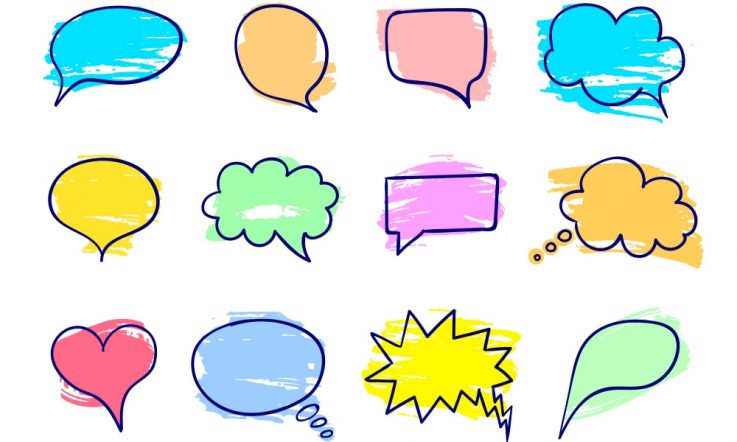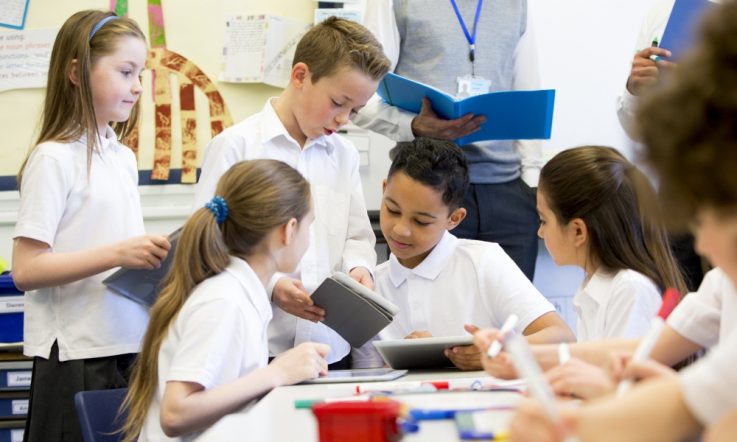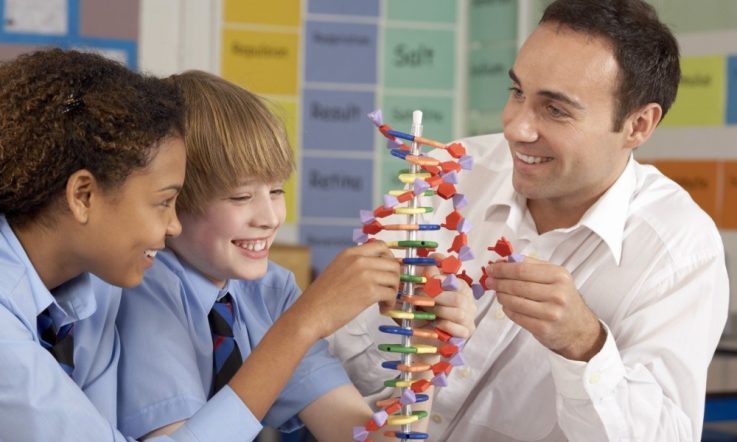Earlier this year Assistant Principal of Mother Teresa Primary in Westmead Katherine Stennett sat down with Greg Whitby to discuss how learning is driven by students and their interests. In today's article, she delves deeper into the topic, sharing how it works in practice and why the whole school community benefits from the collaboration.
Students and teachers at Mother Teresa Primary (MTP) in Westmead use an inquiry-based approach in all areas of teaching and learning at the New South Wales school.
Assistant Principal Katherine Stennett says that when it comes to planning for inquiry-based learning in the classroom, the staff always begin with the end in mind.
‘We as teachers take the outcomes and decipher what it is we really want our students to get out of their learning,' she says. ‘This is the “end” we are talking about. We then create a provocative driving question that the students will explore throughout a series of activities over a term.'
Students will then work their way through three phases of learning. The first is the Explore Phase where they search for information that may or may not be useful in their learning.
Next is the Investigate Phase, where the students will learn the skills of sifting and sorting to determine which information they have gathered is of relevance to their learning.
The final phase they go through the Building Phase where students will test, play and create possibilities that can demonstrate their understandings, test their theories and help consolidate their learning.
‘We believe inquiry learning puts students in the centre, it's not about tasks or a list of content that we need to cover,' Stennett says. ‘It's about ensuring students know where they are going in their learning, where they are now in their learning and what their next steps are in order to continuing moving forward in their learning. It allows students to develop their skills in communication, collaboration, creativity, reflection and critical thinking.'
Stennett says this approach is also used by staff at the school.
‘As teachers we too are learners and during professional learning we also enquire into developing our own knowledge, skills and understanding and set our own Personal Learning Goals (PLGs) that we work towards throughout the year,' she says.
How it works in practice
Half way through each term, as a stage, teachers will start to prepare for the following terms' learning experiences with students.
‘We begin to develop a basic outline of where we would like the students to go based on curriculum outcomes and we then gain feedback from our students and other staff members through critical friend conferences,' Stennett shares.
‘Here we share our proposed ideas and ask for their input and suggestions. It is important to note that the program itself is not written in advance, it is co-written with students as they journey through the learning.'
Students are given the opportunity to have their say on what and how they want to learn.
‘Students will come in and teachers will present “well this is what we are thinking of doing with you, what are your thoughts? Where would you like to go? Would you like to do any hands-on work? Do you want to go out into the field?” You leave it open to them and they have a lot of input…' she says.
Students are provided with Learning Intentions and together they co-construct the Success Criteria that they will aim to achieve.
‘All our students are at different levels so sometimes they have personal success criteria and then there are times, where there's a grade or a class success criteria,' Stennett says.
‘So we try and personalise the learning as they're going through. It is a different style of thinking, you don't want the program written for day one of Term 2 and say, “right this is what we're doing for the term”. It's not like that, it's definitely ongoing.'
There are also checkpoints set throughout the term, every three weeks or so, where teachers will identify where students are at and whether they're moving in the right direction to achieve their goals.
‘So what have we done along the way and once they get to each of those benchmarks, or checkpoints, we actually stop and regroup at that stage and say, “okay do we need to change anything, I know we planned on doing this but you know what? This isn't going to work, let's scrap it and do something different”.
‘So our teachers are really flexible, they'll come and ask for support from all different teachers across the whole school, not just me as a leader but other teachers to get their skills and ideas because we all offer different expertise.'
The benefits of collaboration
As a school, Mother Teresa Primary has agreed practices and protocols around collaboration and team teaching.
‘Staff will use RFF [Relief from Face to Face] time, staff meetings specifically set aside for stage planning and at times they will elect to meet as a team outside of working hours usually before or after school to plan together. There are many benefits from working as a stage,' Stennett says.
‘Here at MTP we have four teachers in each stage so often during the first phase of learning when students are exposed to lots of information teachers conduct workshops that the students will rotate through and our teachers become known as the “expert” for a particular area.'
As students progress in their learning they will source support from teachers based on their expertise from the workshops.
‘Working collaboratively means that our students benefit from not just the skills, knowledge and understanding of one teacher but from many. Our teachers do enjoy working this way and often comment on how much they learn from each other and from the students.'
This year staff have also been undergoing peer coaching to develop their instructional skills as teachers in areas of their own choosing.
‘We identify areas of our teaching that we would like to improve on, we then approach a peer who can provide constructive and professional feedback our achievements and next steps, we then decided on when and how this peer coaching can take place and approach our leadership team for support in providing the release time required,' Stennett says.
‘We are also engaged as a staff in Action Research that is an inquiry into our school goals and how we can best achieve them based on current research and best practice.'
Extending students
This inquiry-based approach allows teachers to understand exactly where their students are at in their learning. This also allows them to address ‘coasting' head on.
‘For us coasting students are those students who have had minimal to no growth over a 12 month period. They are identified as students who are generally achieving grade outcomes and who don't stand out as students needing support in their learning,' Stennett shares.
Last year the school conducted a survey of students and discovered that many don't feel that they are being extended beyond the given outcomes, and many don't feel that the work they do is difficult.
Despite this, Stennett says that the school's results in standardised tests such as NAPLAN indicate that these same students are performing at an average level.
‘As a result we've started to develop a variety of formative and summative assessments that help us identify where the students are in their learning and what the next steps are,' Stennett says.
‘And part of our professional learning this year with staff is developing our own ability further in extending students in their learning because they seem to be wanting it but the results are showing that we're not doing that enough for them.'
Stennett says that students are encouraged to feel like their learning is a challenge, as they need to feel this way in order to experience growth.
‘We teach our students to have a growth mindset and we challenge students to think and act beyond their comfort zone. We explore with students not just surface level concepts and even diving into deeper waters with stretching their learning so that they can relate it to real life circumstances, but we also challenge our students to then find ways of applying their learning into new scenarios, in essence transferring knowledge into practice,' she says.
As a school leader, how do you create a collaborative environment that encourages staff to plan and work together?
As a teacher, do you identify students who are ‘coasting’? What strategies do you have in place to ensure that students are challenged to think and act beyond their comfort zone?



